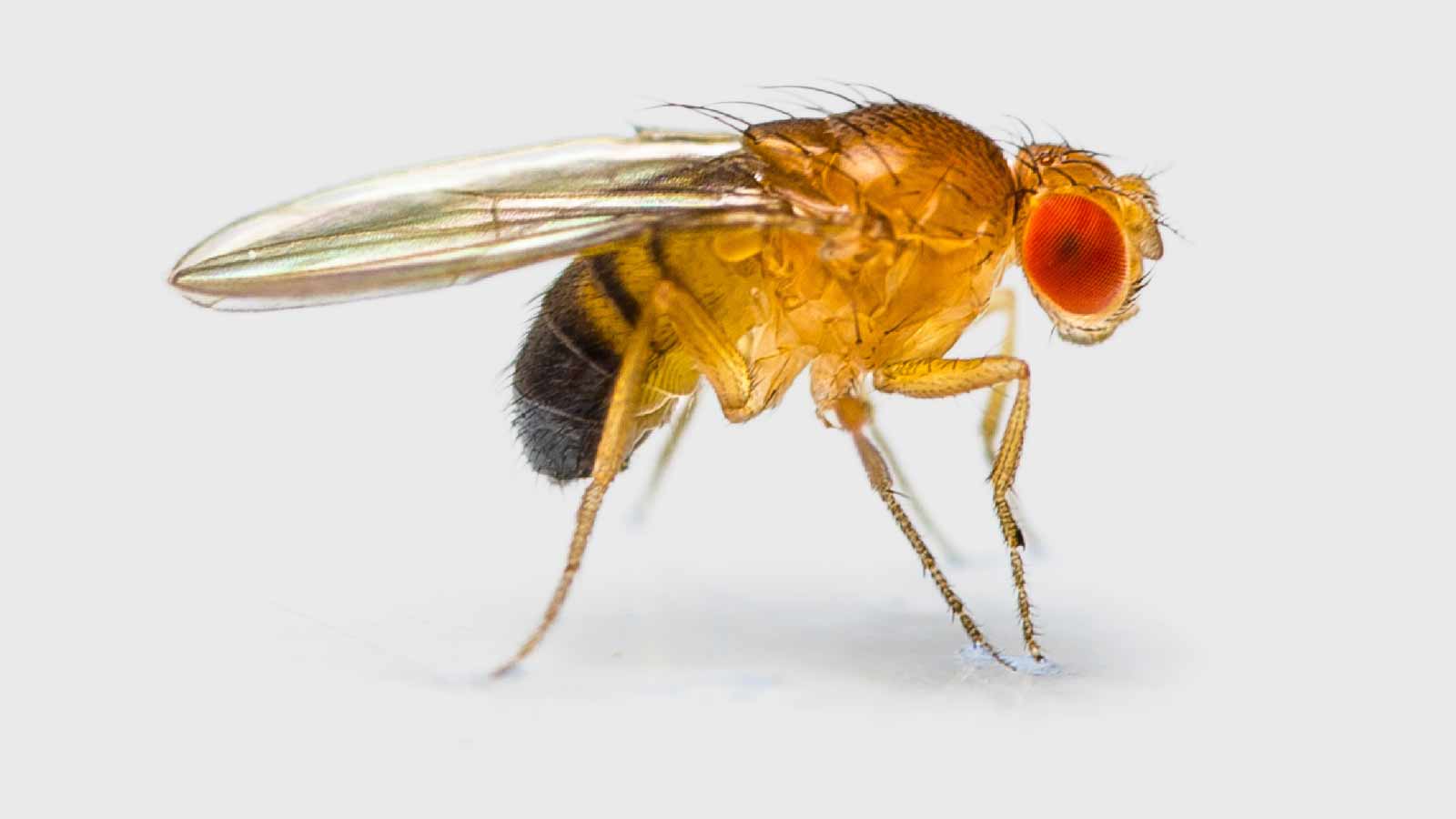Stay Up to Date
Submit your email address to receive the latest industry and Aerospace America news.
If you scaled up a fruit fly in mass and dimensions so it was about the size of a Cessna 172, could it fly? Why or why not?
Email your response by July 16 to: [email protected]
ABOUT THE AEROPUZZLER
Your task is to boil a complex concept into a maximum of 250 words that anyone could understand (without equations or drawings, please). Email your response to [email protected] by midnight EDT July 16 for a chance to have it published in the next issue. Include your city or town and a phone number (we won’t publish it).
ICEBOATS
Last month, we asked if an iceboat can go faster than the wind. Physicist Ryan M. Wilson, an assistant professor at the U.S. Naval Academy, helped us review your responses for accuracy and clarity. Here is the winner:
“Those iceboats can achieve speeds much greater than 18 mph. As wind flows over the sail, the sail will generate two forces, lift and drag. Lift is perpendicular to the wind direction while the drag is aligned with the wind. The magnitude of the lift on a moving sail, a small component of which propels the boat forward, increases as the relative wind velocity increases over the sail. For example, with the boat standing still but pointed perpendicular to the wind, the sail will fill (producing lift and drag) from the wind flowing over the sail at 18 mph. As the boat starts to move, the magnitude of the relative wind (the true wind at 18 mph plus the speed of the boat) will increase. The apparent angle of the relative wind will also change as the boat increases speed. The relative wind will appear to move from the side of the boat toward the front. The boat will keep increasing in speed until the drag and friction of the boat equals the forward component of the lift from the sail. The point at which this happens depends on the shape of the sail, the angle of the sail to the wind, the friction between the runners and the ice, and the streamlining of the boat. An iceboat such as these can achieve speeds two, three and more times the velocity of the true wind through which they sail.”
Mark Hunter
Niceville, Florida
[email protected]
Hunter is a sailor with a Ph.D. in mechanical engineering.
Stay Up to Date
Submit your email address to receive the latest industry and Aerospace America news.




